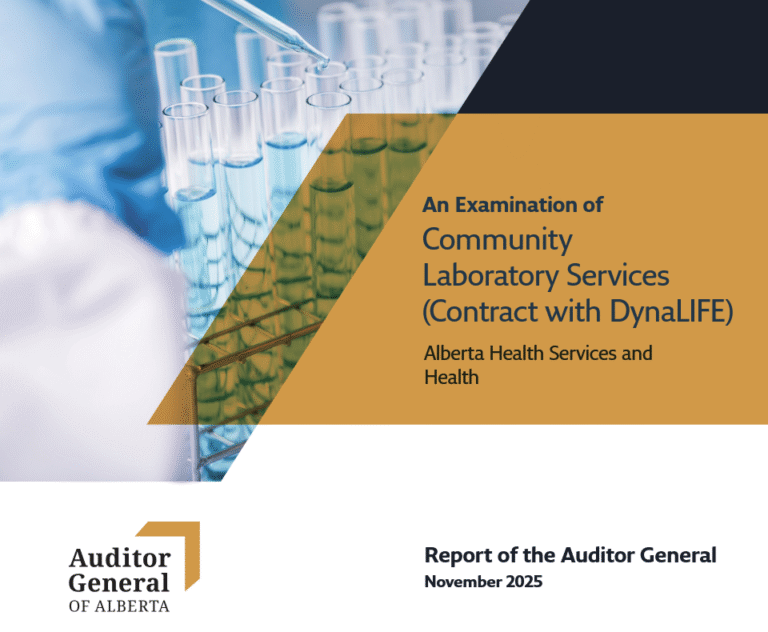Alberta is preparing sweeping health-care reforms that would allow physicians to work in both the publicly funded system and private clinics at the same time. Under the proposed framework, doctors would be required to complete a minimum number of publicly funded surgeries or procedures each year before being permitted to offer additional elective care through private payment or private insurance. The government argues that this dual-practice model will help reduce surgical wait-times, increase capacity in the public system, and provide new incentives to retain specialists who might otherwise leave the province.
Supporters say the reforms bring Alberta in line with practices used in several other countries where doctors routinely split their time between public and private systems. They argue that giving patients the option of paying for elective procedures could ease pressure on the public system by diverting some demand. Critics, however, warn that allowing dual practice introduces potential risks, including conflicts of interest, unequal access, and the possibility that doctors may prioritize higher-paying private work over publicly funded care. The Alberta Medical Association has called for extensive consultation, strict safeguards, and clear rules to ensure that public patients are not left behind.
As the province moves ahead, much depends on how the reforms are implemented. Details such as enforcement mechanisms, limits on private procedures, staffing requirements, and monitoring systems will shape whether the changes improve access or create a deeper divide between public and private care. The outcome of the legislation could signal a major shift in Alberta’s health-care landscape, with long-term consequences for patient access, system equity, and the province’s overall approach to health-care delivery







